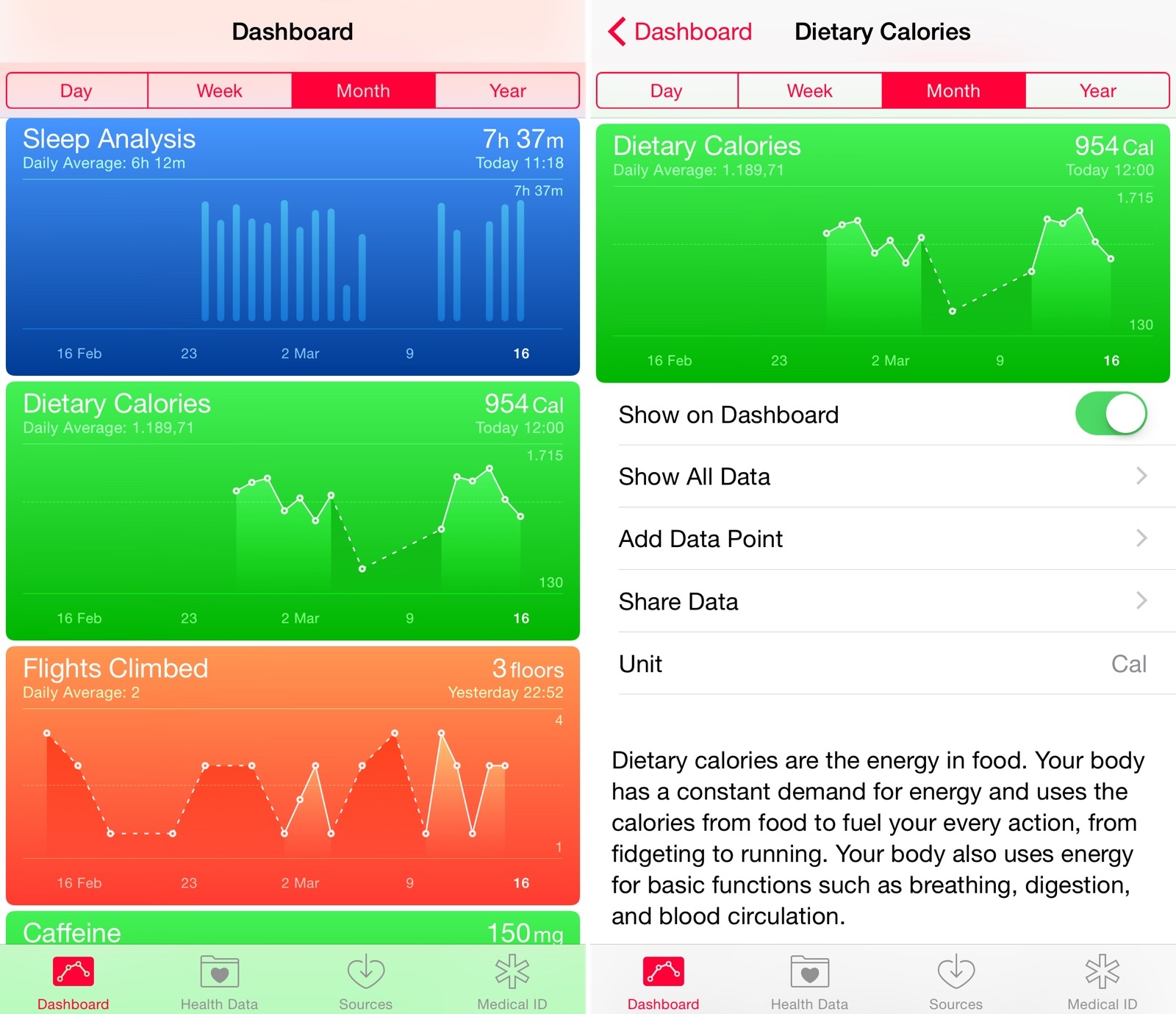Fascinating story by Christina Bonnington at Wired:
Before the advent of high-quality smartphone shooters, slow-motion was largely left to movie montages, pro-sports instant replays, or pricey camera rigs. The idea that dancers, particularly freelancers and students, would have access to that sort of technology was unthinkable. When you’re making under $30k a year, that money is going towards food and rent, not a high-end DSLR. But now that a smartphone has become practically standard issue, previously high-end camera technology is accessible to almost everyone. And slow motion, while initially more of a gimmick, has slowly matured into a mainstay for some people.
For dancers, it’s become an incredibly useful tool for honing their craft. The newfound affordability of slow motion has enabled them to improve their technique, spruce up their audition reel, and isolate aspects of their performance that were once intangible.
My girlfriend is a dancer, and she can relate to this. Another testament to the iPhone’s transformative effect and how everyday tasks are empowered by new mobile technology.
Don’t miss Dancers of New York, Tristan Pope’s short film mentioned in the article. From Pope’s blog:
For slow motion I used Apple’s stock camera app and for timelapse I used Hyperlapse by instagram. The built in image stabilization made it ideal for quick shots without having to worry about keeping my hands still. If only the stock camera app could utilize this same technology to give the iPhone 6 the same stabilization as the 6 +. You may wonder why I didn’t just get the 6 plus… well, I enjoy my skinny jeans and have girlishly small hands, just ask my piano teacher from middle school.(Although they are rather soft…) Regardless the screen was the perfect size for viewing.
You can watch a preview below.



